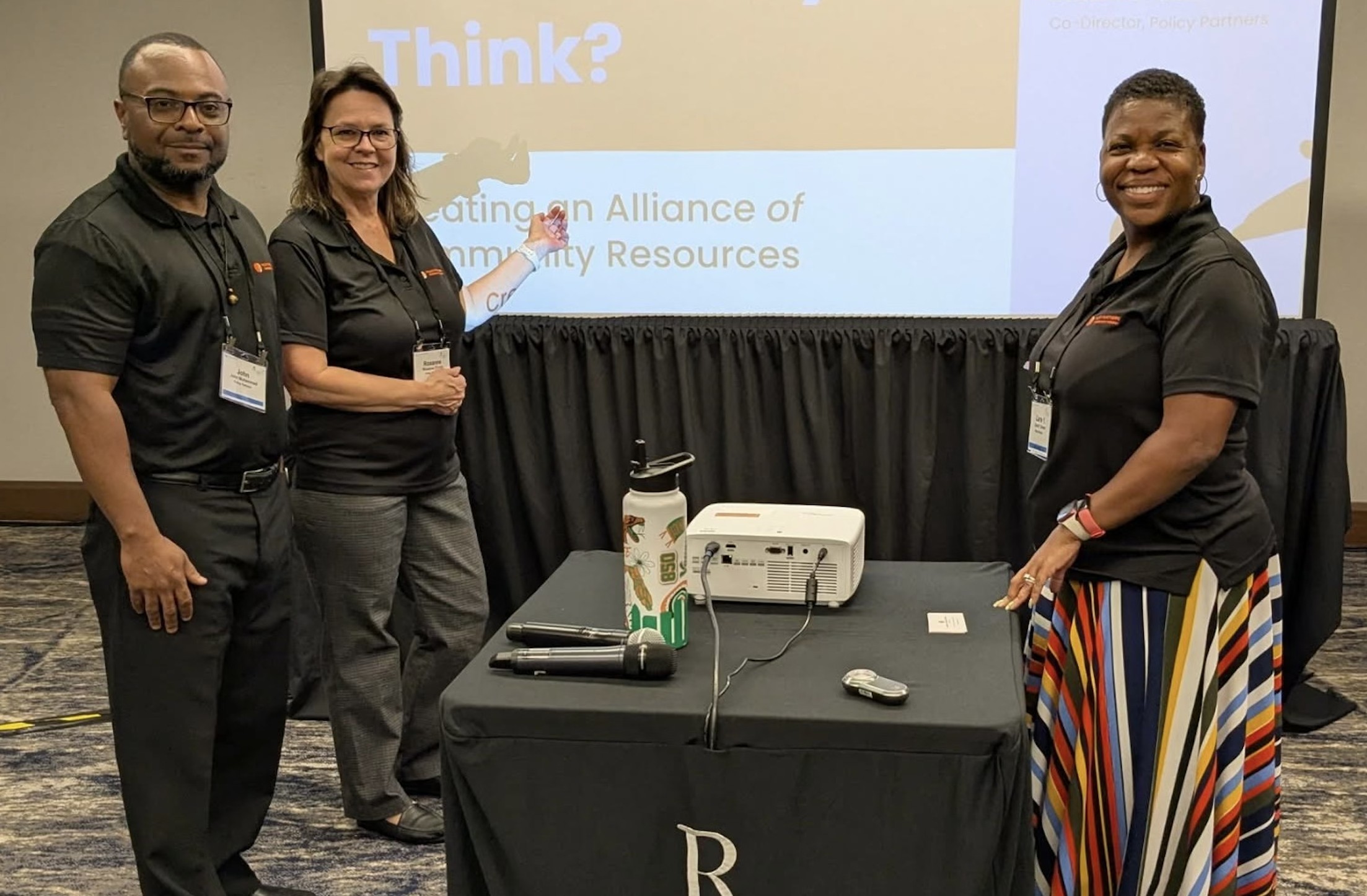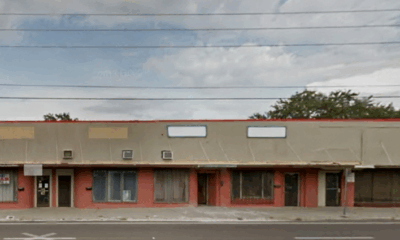Know
South St. Pete CRA discussed in community meeting
Nonprofit Policy Partners hosted a discussion about the South St. Pete Community Redevelopment Area, and presented an update report.

A discussion about the future of the South St. Petersburg Community Redevelopment Area (CRA) took place at Pinellas Technical College Wednesday.
It was organized by nonprofit Policy Partners, whose mission is to bring community members and decision makers together to impact local policies.
The South St. Pete CRA encompasses 4,777 acres and is one of the largest in the state.
According to the City, the CRA was created to “promote reinvestment in housing and neighborhoods, commercial corridors, business development, and education and workforce development” within its geographical boundaries.
One of the key requirements of funding a CRA is preparing a plan, outlining how money will be invested in the area. The South St. Petersburg Community Redevelopment Plan, which was officially adopted in 2015, provided a blueprint for a 30-year revitalization effort.
The funding for the CRA comes from a City-created trust fund, which uses tax increment financing, or a percentage of taxes earned in the CRA based on increased property value.
The community redevelopment plan was designed to be “people-based” and “place-based,” Policy Partners leaders Carrie Y. (Hepburn) Brown, Roxanne Fixsen and former City Council member John Muhammad said at the event.
Policy Partners decided to create a 10-year progress report to provide residents with an update of the project. It worked with the City to gain access to annual budgets and financial reports to collect data. Additionally, it used American Community Survey census information.
At the meeting, Brown, Fixsen and Muhammad gave a general overview of the report.
One of their biggest conclusions was that the CRA has earned far more money than originally estimated.
When the plan was released, the City predicted that the area would receive $6,860,816 in funds through fiscal year 2025 and $66,801,797 by the conclusion of the 30 years.
Assessed property value in the CRA has increased by 299.14% within 10 years. As a result, $70,416,191 has been deposited into the trust fund between fiscal years 2016 to 2025.
This is in part due to corporate investments in local real estate and state-level policy changes, among other factors. Income, educational and demographic changes in the CRA have also played a role, the Policy Partners team said.
Median family income in the area has increased 103% between 2012 and 2023. There is a significantly larger amount of college educated individuals (Bachelors degree or higher) living in the CRA as well with a 94% increase.
However, the area has seen a 11% decrease in renter occupied units. The CRA’s unemployment rate of 8.77% is 78% higher than the unemployment rate of the City.
Additionally, it experienced a 53% increase in people who identify as “White only” and a 21% decrease in individuals who identify as “Black only.”
These numbers, along with other presented statistics, show that some of the original people who lived in the CRA in 2015 have moved or are struggling to get by.
Many audience members agreed that the redevelopment area, 10 years in, is not serving the people it was initially designed for as well as it could be. While programs have been developed, much more work needs to be done to fulfill its mission.
Only $27,209,739 of money in the trust fund has been expended or used in the revitalization efforts through fiscal year 2024. 66% of expenditures occurred between fiscal years 2023 and 2024, showing improvement in “implementation activity.”
Policy Partners suggested that the community gets involved in the process and helps define clear outcomes for the next 20 years. While the 2015 plan discussed programs and needs in the area, it did not provide benchmarks or measurable goals to track progress.
It also recommended that barriers be identified so that the CRA can use the funds “faster and more broadly” and that new infrastructure is developed to accomplish the original vision.
“The bottom line is there are opportunities to leverage and certainly community members who need to be assisted,” Brown told the Catalyst. “So we are dedicated to at least continuing the dialogue.
“There’s an amazing opportunity if we can figure out the right programs that are really going to make the difference.”
Policy Partners did not receive funding from the City to create its 10-year update report.
To view the report, visit the Policy Partners website.







